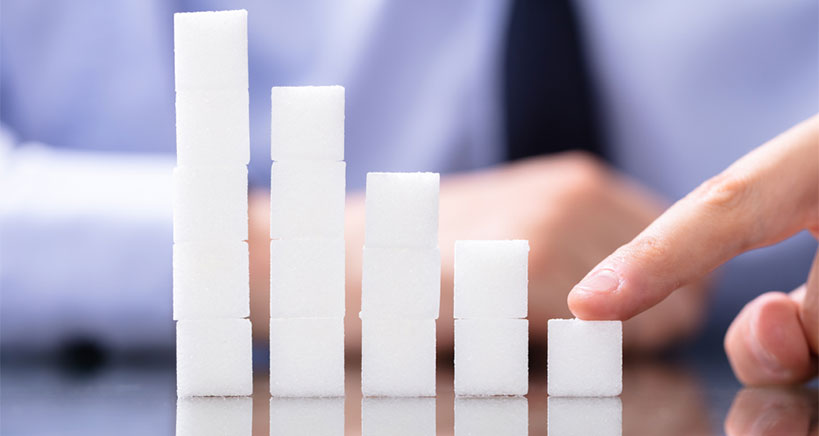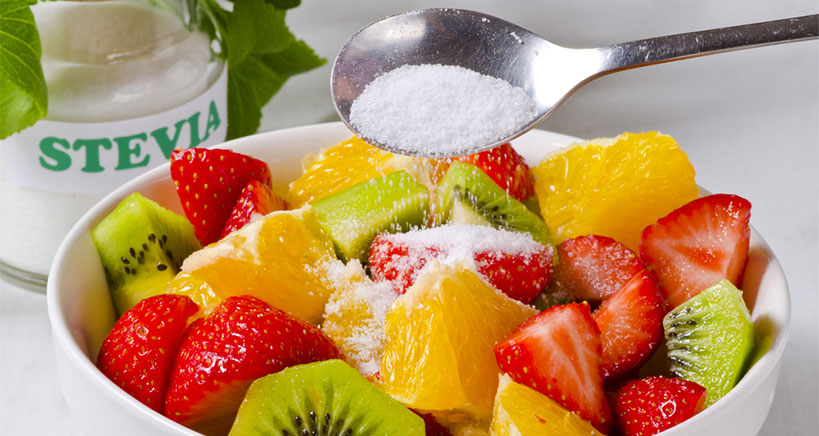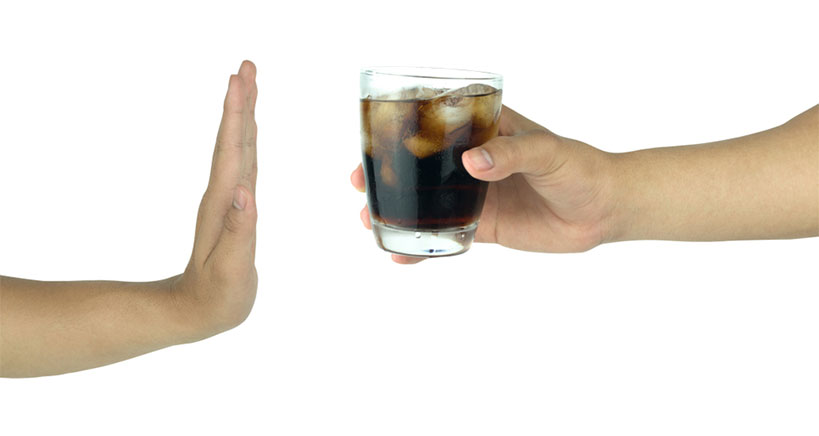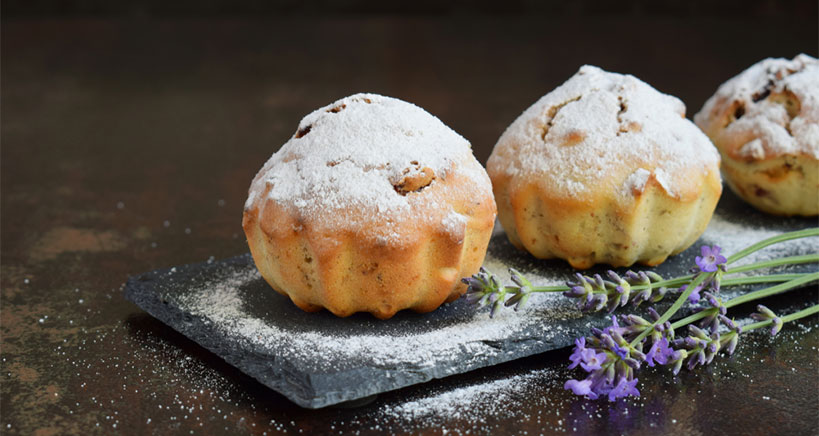
Attention all foodservice providers: Did you know that over 53% of baby boomers plan to significantly reduce their sugar intake this year and are committed to selecting products and menu items with no sugar added? Moreover, did you know that baby boomers have more purchasing power than any other age group in the U.S.? The demographic (aka “the 50-plus crowd”, born 1946-1964) also eats out more and travels more than any other generation.
This may surprise you, given that the millennial population has captured much of the limelight in recent food industry news. However, while the latter are considered the industry’s future big spenders, it is baby boomers who still constitute the largest group of buyers – and when it comes to food choices, health concerns are a major factor in their decisions. Specifically, according to C+R Research and nationwide surveys, baby boomers are most likely to “respond positively to health related products” and especially prefer foods that are free from sugar, fat, and sodium.
Catering to the Generations
Knowing how to cater to different generations’ food and beverage demands is a critical success strategy in the highly competitive foodservice arena. If you want to attract baby boomers to your ‘biz and cater to the approximately 75 million people representing that generation, then it’s time to sink your teeth into some critical 411 regarding baby boomer buying and eating-out behaviors. Now is also a good time to update your menus and accommodate their demand for low-sugar and no-sugar offerings.
Baby Boomers’ Menu
So what do we know about baby boomers’ perspective on food and their menu preferences? According to Melissa Abbott, Vice-President of Culinary Insights at the Hartman Group: “Boomers view food as a key to living a higher quality of life for longer. Boomers have driven a lot of what has been going on in terms of the fresh, less processed food movement. They not only led it; they shaped it. They also led and shaped how the organic food movement is happening.”
And if we take a peek at what they are putting into their shopping carts – and more importantly, what they are ordering when they eat out – we find that baby boomers are hungry for foods that provide you with an opportunity to answer their quest for low-sugar alternatives. As Lu Ann Williams, Director of Innovation of Innova Market Insights reports: “Boomers are below-average purchasers of certain sweet products such as chocolate, desserts & ice cream and snack bars. In contrast, they are markedly more important in the yogurt, sweet baked goods and breakfast cereals categories, so these could offer opportunities for sugar reduction.”

Among the industry big guns, U.S. yogurt providers are already responding to consumer demand with several low-sugar product launches this year as well as plans for no-sugar product development. If you want to follow in their footsteps and cater to your baby boomer customers, let’s look at what steps you can take to step up to the plate and satisfy their cravings.
Sugar-Reduction Platforms
With the power to drive profound changes in the food-and-beverage industry, it turns out that individuals between the ages of 52 and 70 may be some of your most important customers! Given that their purchase power can take your restaurant, bakery, or catering service to the next level, knowing how to market your services and meet their demands for sugar reduction could be a game changer.
Offering us some ideas regarding the ‘how,’ Innova Market Insights outlined the following low-sugar platforms at the IFT Food Expo 2019:
- Sugar substitution in the form of low-cal sweeteners
- A reduction in sugar quantities rather than consuming alternative sweeteners
- A preference for savory tastes over sweet tastes
- A rise in the accessibility of natural sweeteners
Sugar Reduction: Back to Basics
More practically speaking, we began addressing today’s sugar-crazed society in our blog: Use the Latest Sweeteners to Appeal to the Health-Conscious Client. There we provided a large serving of white sugar replacement suggestions for baking and cooking, including natural sweeteners made from tree and plant saps, root vegetables, brown rice syrup, coconut nectar, coconut sugar, and more. We also listed chefs’ favorite picks in the low-cal sweetener category, including stevia and monk fruit sweeteners.
Today, however, we are going to suggest a simpler approach to answering the calls for sugar-free food and beverage options. Instead of looking for the next new-fangled sugar substitute, let’s go back to basics and explore how you can use the sugars that are naturally part of food to their fullest culinary advantage. (To give you a taste for what’s to come, think the lactose in milk and the fructose in fruit…).

How to Cook and Bake Using Naturally Occurring Sugars
While not a comprehensive list, enjoy the following tips and tricks for using Mother Nature’s natural sweetness in your recipes:
- Use flavor enhancers such as lemon and orange zest to bring out a dish’s fruitiness
- Use spices or a combination of spices to intensify your recipe’s sweet flavor, including cloves, ginger, allspice, cinnamon, and nutmeg
- Instead of chocolate called for in recipes, substitute with cold strong coffee
- For baked-good toppings, make generous use of fruit, all-natural fruit spreads, sugar-free dried fruit chunks, and drizzles of fruit concentrate
- You can reduce the fruit juices called for in recipes and actually add sweetness by boiling the juice over a high heat and using its concentrated form
- Add some extra vanilla for a natural sweetness boost
- Blackstrap molasses goes a long way in adding flavor and color to your customers’ favorite dishes
- Add freshly squeezed fruits and vegetables to your dessert menu! 100% natural, be sure to offer varieties that are colorful and organic
- Take advantage of sweetness-packed dried fruits in cooking and baking recipes. Chef and bakers’ favorites include raisins, prunes, apples, apricots, peaches, pears, and cranberries
- And here is a bona fide insiders’ tip for foodservice professionals: You can enhance and distribute the sweetness and flavor of dried fruits by cutting them into very small pieces
- Do not overlook the use of overripe fruits such as aging bananas to add a generous serving of flavor, moisture, and sweetness to your baked goods
- Likewise, experiment with adding pureed baby food and mashed or pureed sweet potatoes and carrots to recipes
- And now a professional decorating tip: To add a sugar-free glaze to baked goods, brush them with sugar-free jam that has been thinned with a few drops of water or juice
- Finally, for the finishing touch to your customers’ favorite baked and frozen desserts, don’t forget to add the classic “cherry on top”!

Sugar-Free Recipe
In sweet summation, enjoy this Sugar-Free and Sweetener-Free Cupcake Recipe!
Ingredients
- 2 1/2 mashed large bananas
- 1/4 cup yogurt (full-fat dairy or unsweetened non-dairy)
- 1/2 cup coconut water
- 3 eggs, beaten
- 1 tsp. vanilla
- 1 1/2 cups gluten-free or plain flour
- 1 cup ground almonds
- 1 tsp. baking powder
- 1 tsp. baking soda
- 1 tsp. cinnamon
Instructions
- Preheat the oven to 180C/350F
- In a bowl, mix the bananas, yogurt, water, eggs, and vanilla until smooth
- In a second bowl, whisk together the remaining ingredients
- Add the dry ingredients to the wet and mix well
- Pour batter into two 8″ cake tins or a 12-hole muffin tin
- Bake for 20 minutes or until golden
- Dust lightly with icing sugar or a frosting of your choice
- Bon Appétit!